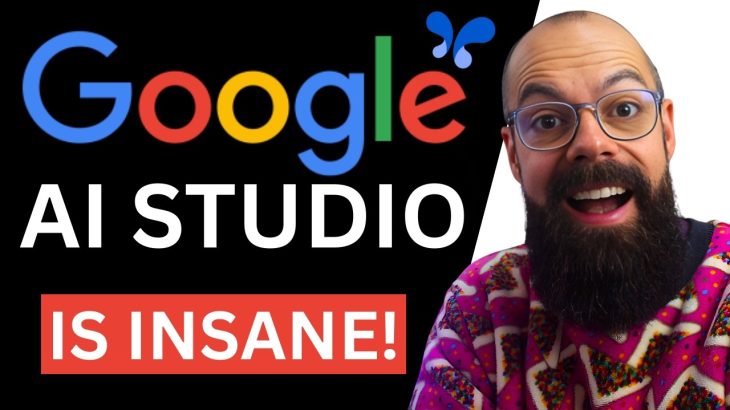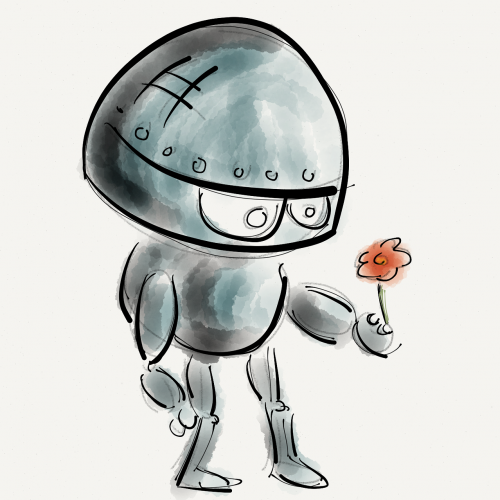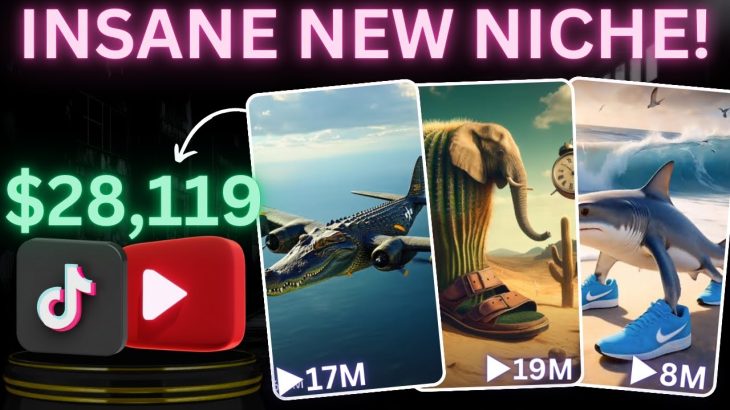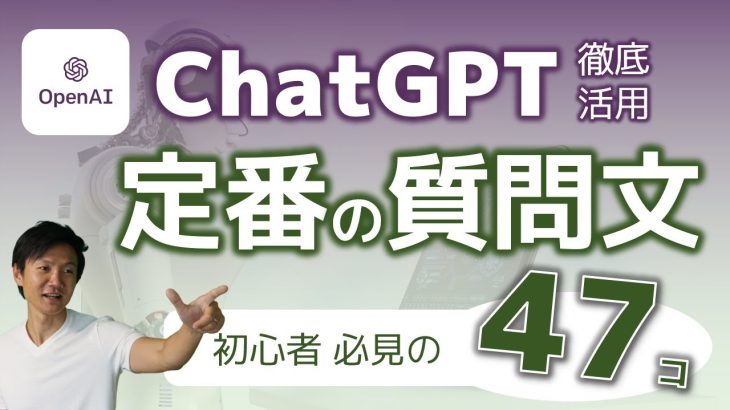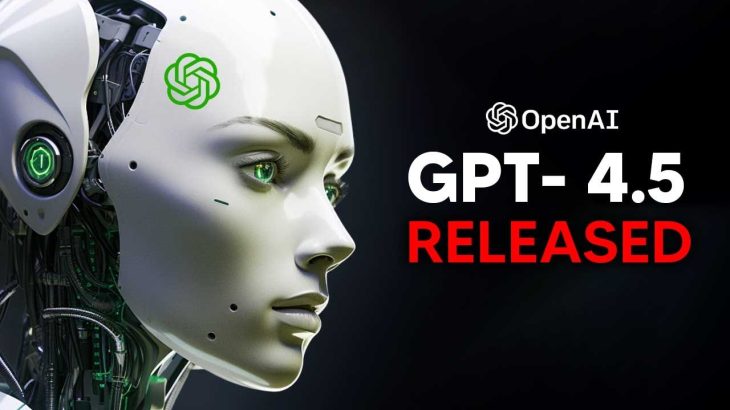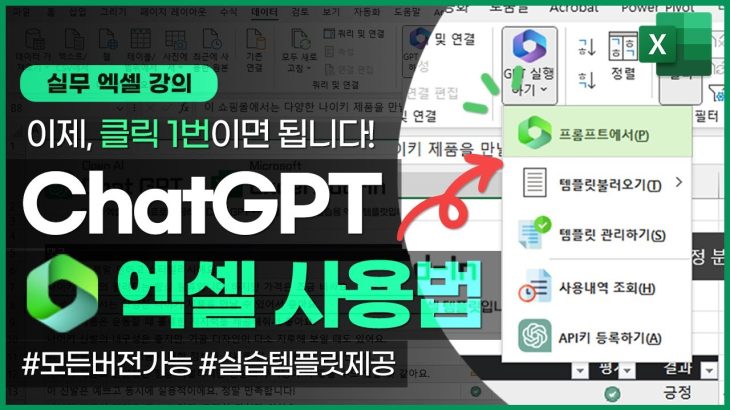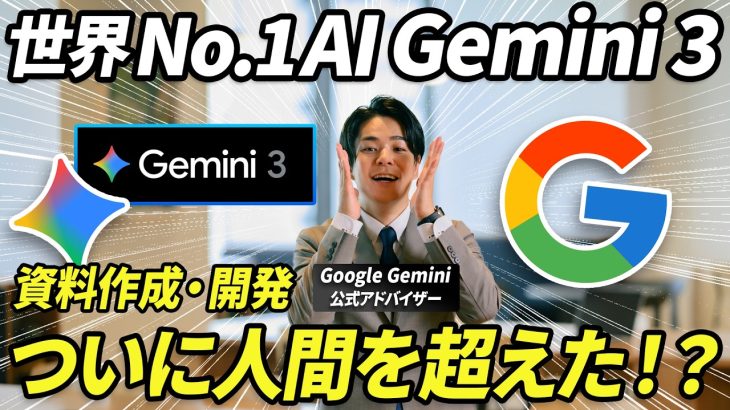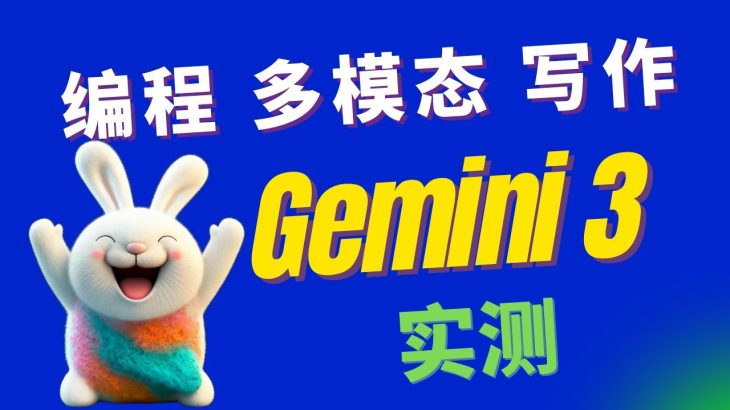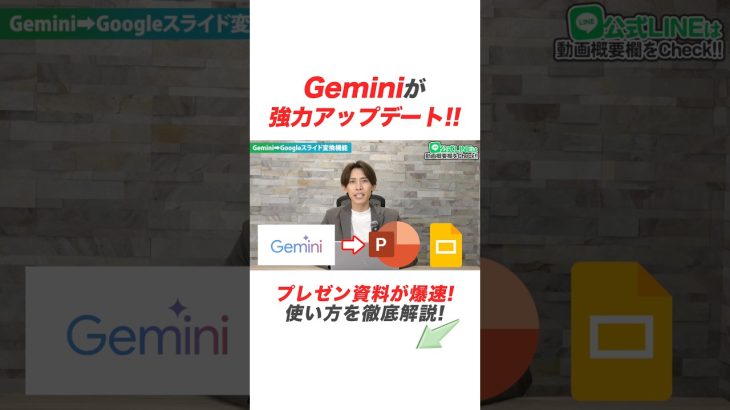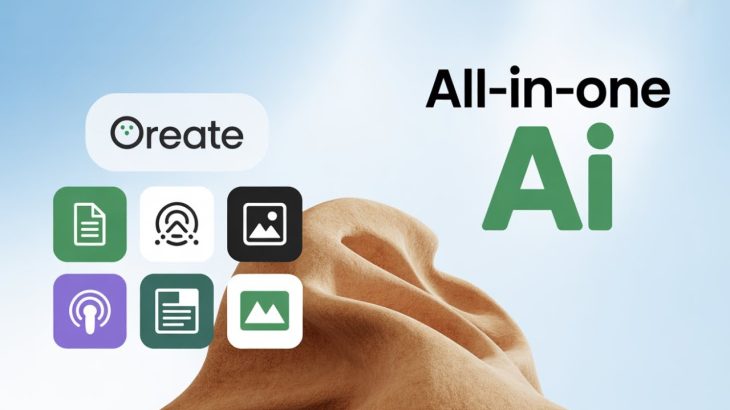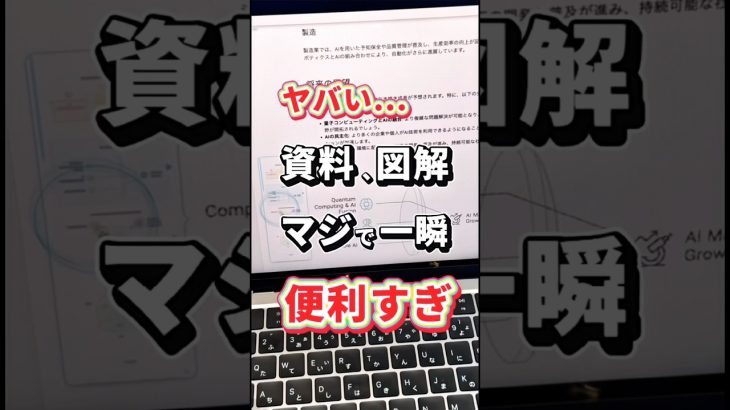Links and Codes:
Paperpal: https://paperpal.com/?linkId=lp_726731&sourceId=andy&tenantId=paperpal (PAP20 – 20% off)
Thesify: https://www.thesify.ai/?via=andrew
Thesis AI: https://www.thesisai.io/?via=andrew, ANDY20 – 20% off
Elicit: https://elicit.com/?via=andrew
SciSpace: https://bit.ly/AndyStapleton (ANDY20 — offers 20% off on monthly plan)
Jenni AI: https://jenni.ai/?via=andy-stapleton (Use codes: andy30, ANDY20)
Julius AI: https://julius.ai/?via=andrew-stapleton (ANDY20 — offers 20% off)
AnswerThis: https://answerthis.io?ref=andy49 (ANDY20 – 20% off)
Unriddle: https://www.unriddle.ai/?ref=andrew (ANDY20 – 20 % off
When I first came across Google AI Studio, I was curious about whether it could really offer something useful for researchers and students. There are so many AI tools out there that claim to save time, but most of them either cost money, are too complicated, or don’t quite understand the needs of academics. In this video, I take you through a Google AI Studio tutorial and show you what makes it different, while also sharing some of my own thoughts on how it fits into research and learning.
▼ ▽ Sign up for my FREE newsletter
Join 21,000+ email subscribers receiving the free tools and academic tips directly from me:
▼ ▽ MY TOP SELLING COURSE ▼ ▽
▶ Become a Master Academic Writer With AI using my course: https://academy.academiainsider.com/courses/ai-writing-course
One of the most powerful parts of the platform is that it combines different modes of AI into a single space. For example, you can chat with models, but you can also share your screen and ask the AI to explain a figure, a chart, or even text in a PDF in real time. This is something I think could change how people approach difficult research papers or study notes, because it’s no longer about passively reading—you can actually ask the AI questions as if it were a tutor sitting next to you. That’s why I wanted to make sure this how to use Google AI Studio video wasn’t just about pressing buttons, but about how you could apply it to real academic situations.
Another reason I was impressed is that AI Studio Google gives you free access to media generation tools. You can create professional headshots for conferences, generate images for posters or slides, and even produce short animations. These may not be perfect, but they’re more than enough to give your presentations a polished look without needing expensive design software. I tested these features on some of my own research topics and was surprised at how well the system understood specific scientific terms.
The question I always ask myself when trying new platforms is: would I actually use this in my work? For Google AI, the answer is yes, but with a few cautions. It’s not a replacement for paid literature review tools or deep research databases. However, it is a free, accessible way to get quick support, experiment with creative outputs, and develop better communication of ideas. That balance—between serious research and practical help—is what makes Google AI Studio worth exploring.
…………………………………………
▼ ▽ TIMESTAMPS
00:00 Intro
00:32 Google AI Studio
01:52 Talk to Gemini Live
03:35 Generate Media
05:52 Imagen
06:54 Generating Videos
08:08 Outro
…………………………………………
▼ ▽ Socials for shorts and reels
Instagram: https://www.instagram.com/drandystapleton/
TikTok: https://www.tiktok.com/@drandystapleton
